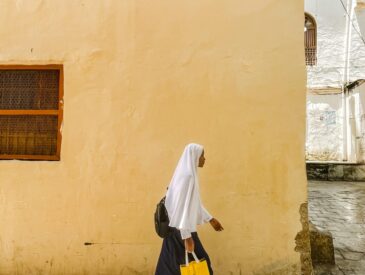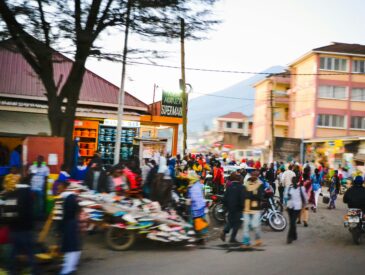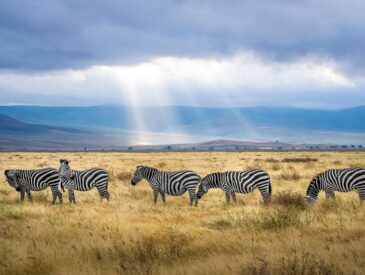Whether you’re a seasoned climber or a beginner, this complete guide to climbing Mount Kilimanjaro will help you prepare for the journey, understand the routes, and make the most of your adventure.
Mount Kilimanjaro, Africa’s highest peak, stands at 5,895 meters (19,341 feet) and attracts thousands of adventurers every year. Located in northern Tanzania, this dormant volcano offers a unique trekking experience that combines breathtaking landscapes, diverse ecosystems, and the thrill of reaching the “Roof of Africa.”
Why Climb Mount Kilimanjaro?
Climbing Kilimanjaro is a once-in-a-lifetime experience that challenges your physical endurance and rewards you with spectacular views. The trek traverses several climate zones, from tropical rainforest to alpine desert, ending at the snow-capped summit of Uhuru Peak.
The climb is non-technical, meaning no special mountaineering skills are needed, but proper preparation is essential due to the high altitude and demanding conditions.
Best Time to Climb Mount Kilimanjaro
The ideal times to climb Kilimanjaro are during the dry seasons:
- January to mid-March
- June to October
These months offer clearer skies and more stable weather. Avoid the rainy seasons (March to May and November to mid-December) as trails can be slippery and visibility limited.
Choosing the Right Route
There are several routes to the summit, each varying in difficulty, scenery, and duration:
Marangu Route (The “Coca-Cola” Route)
- Duration: 5–6 days
- Difficulty: Moderate
- Highlights: Hut accommodation, gradual ascent
- Best for: Beginners who prefer cabin-style lodging
Machame Route (The “Whiskey” Route)
- Duration: 6–7 days
- Difficulty: Challenging
- Highlights: Scenic, diverse terrain, camping
- Best for: Those seeking a more adventurous and scenic climb
Lemosho Route
- Duration: 7–8 days
- Difficulty: Moderate to challenging
- Highlights: Remote, beautiful landscapes, good acclimatization
- Best for: Experienced hikers who want to avoid crowds
Rongai Route
- Duration: 6–7 days
- Difficulty: Moderate
- Highlights: Less crowded, northern approach, drier conditions
- Best for: Those preferring a quieter route
Umbwe Route
- Duration: 6 days
- Difficulty: Difficult (steep and direct)
- Highlights: Shortest route, steep ascent
- Best for: Experienced climbers with good fitness
Preparing for the Climb
Physical Preparation
- Cardiovascular training: Hiking, running, swimming
- Strength training: Focus on legs and core
- Practice hikes: Build endurance with day hikes and multi-day treks
Gear and Packing Essentials
- Layered clothing for varying temperatures
- Waterproof jacket and pants
- Sturdy hiking boots
- Warm hat and gloves
- Headlamp with extra batteries
- Sleeping bag rated for cold temperatures
- Trekking poles
- Sunscreen and sunglasses
- Water bottles or hydration system
- Personal medications and first aid kit
Altitude Sickness and Acclimatization
Altitude sickness is a major challenge when climbing Mount Kilimanjaro. Symptoms include headaches, nausea, dizziness, and fatigue.
Tips to avoid altitude sickness:
- Ascend slowly to allow your body to adjust
- Stay hydrated
- Avoid alcohol and smoking
- Inform your guide immediately if symptoms worsen
- Consider medications like acetazolamide (consult your doctor)
What to Expect on the Trek
The trek begins in lush rainforest, transitions through heath and moorland, and then into alpine desert before reaching the glacial summit zone. Each day offers unique landscapes and wildlife sightings.
Expect cold nights and chilly summit attempts often starting around midnight. Reaching Uhuru Peak at sunrise is a rewarding highlight of the climb.
Permits and Costs
Climbing Kilimanjaro requires official permits issued by Tanzanian authorities. Permit costs vary but generally range between $700 and $1,000 depending on the route and duration.
Additional costs include:
- Park fees
- Guide and porter fees
- Equipment rental
- Food and accommodation during the trek
Booking through reputable tour operators ensures safety and compliance with regulations.
After the Climb
Rest and recovery are crucial after descending Kilimanjaro. Many climbers choose to relax on the nearby beaches of Zanzibar or explore other Tanzanian attractions such as Serengeti National Park or Ngorongoro Crater.
Final Tips for Successfully Climbing Mount Kilimanjaro
- Choose a route that matches your fitness level and time availability.
- Invest in quality gear and comfortable footwear.
- Train physically and mentally in advance.
- Listen to your guides and prioritize safety.
- Enjoy the journey and take time to appreciate the breathtaking scenery.
Conclusion
Climbing Mount Kilimanjaro is an unforgettable adventure that challenges both body and mind. With the right preparation and mindset, you can conquer Africa’s highest peak and create lasting memories.
If you found this guide useful, share it with fellow travelers or explore my site for more Tanzania travel tips and safari guides.
You might also like:
- Best Things to Do in Tanzania Beyond Safaris
- Cultural Etiquette and Traditions in Tanzania: A Guide for Visitors
- Where to Stay in Tanzania: Hotels, Lodges & Budget Options (coming soon!)
- Tanzania Travel FAQ: Visas, Safety & More
- Zanzibar Travel Guide: Beaches, Food, and Culture




